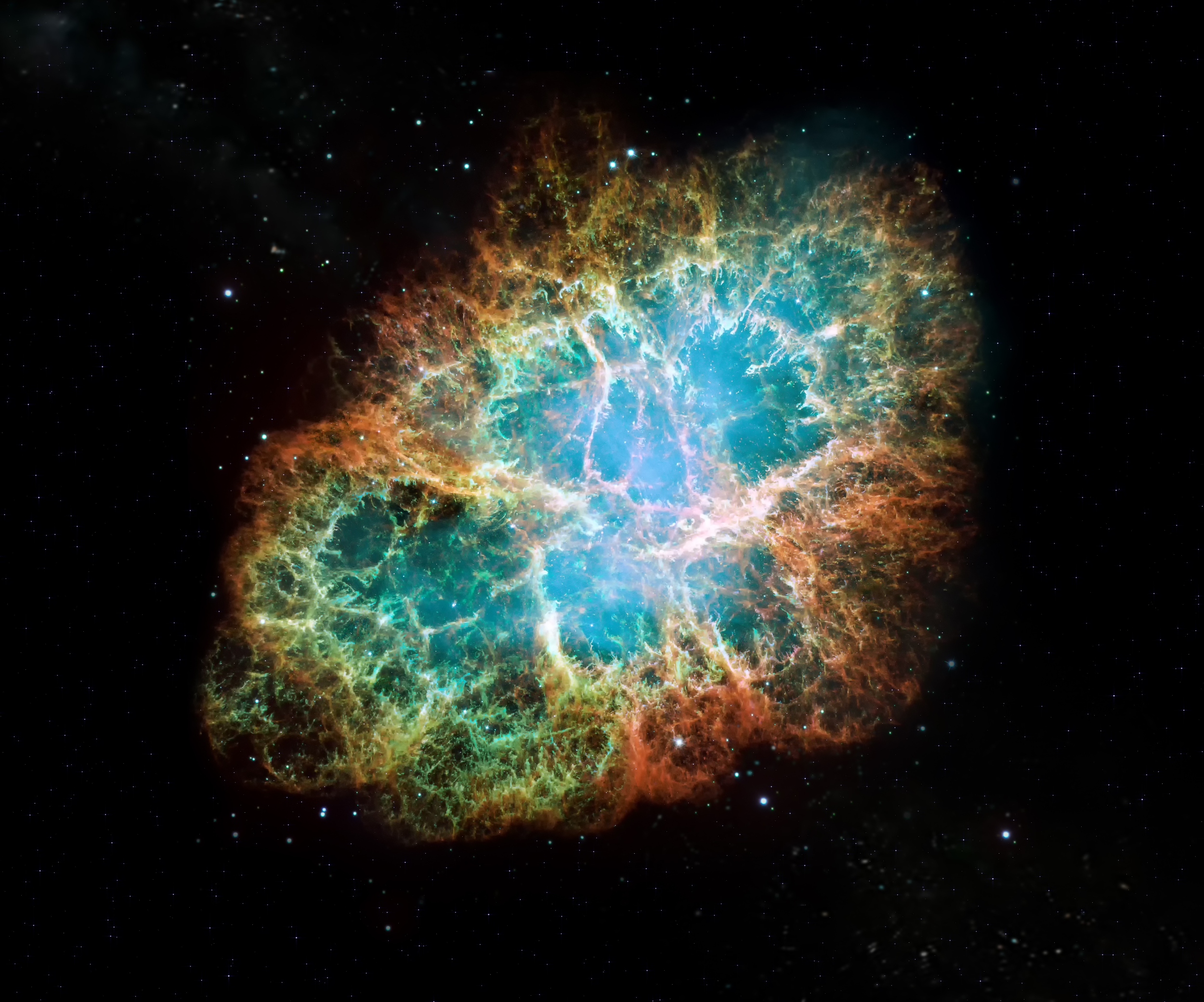Sunlight powers life on Earth’s surface – but in the lightless depths beneath rock and ice, a different energy source may prevail. New research suggests that cosmic rays, high-speed particles from space, could fuel life far from any star.
A team at New York University Abu Dhabi (NYUAD) has shown that when cosmic rays strike underground water, they can break it apart and liberate electrons. These tiny bursts of energy, though brief, could serve as chemical nourishment for hardy microbes in buried worlds.
The study, led by physicist Dimitra Atri at NYUAD’s Center for Astrophysics and Space Science, opens the door to a new class of habitable environments – powered not by sunshine, but by starlight’s violent cousins.
Particles power deep microbes
Cosmic rays are atomic nuclei and electrons traveling near light speed. When they smash into rock or ice, they spray secondary particles that penetrate yards below the surface.
The particle shower triggers radiolysis, the breaking of water molecules into reactive fragments that include solvated electrons. These electrons, though fleeting, carry energy that cells can capture.
On Earth, radiolysis in deep basalt aquifers releases hydrogen that sustains entire microbial communities. Two miles underground, chemistry replaces sunlight.
The NYUAD models label any depth where radiolysis can meet basic metabolic costs as a radiolytic habitable zone. Unlike the narrow ring around a star called the Goldilocks zone, this band depends on particle energy and local ice thickness instead of stellar distance.
Models predict icy energy
The team ran GEANT4 simulations for Mars, Europa, and Enceladus, matching cosmic ray spectra with realistic crust densities.
Enceladus emerged as the richest target, with energy budgets that could, in principle, drive about ten million ATP molecules per gram each second in ice roughly six feet down.
“This discovery changes the way we think about where life might exist,” said Dimitra Atri, principal investigator at NYUAD CASS.
Mars placed second because its thin atmosphere lets many particles in, but rocky crust absorbs them quickly. Europa’s dense ice spreads the energy deepest, yet dilutes it the most.
Together, the three bodies demonstrate that radiation chemistry can top up life’s battery even where the Sun never reaches.
Clues from Earth’s hidden microbes
Earth offers proof of concept. In a South African gold mine, the bacterium Desulforudis audaxviator thrives 1.7 miles down on radiolytic hydrogen and sulfate alone.
Genomic studies show the microbe carries every gene it needs to fix carbon, nitrogen, and sulfur without help.
Near the Juan de Fuca Ridge, in underwater rock layers, radiation helps produce hydrogen that certain microbes use for energy.
These natural laboratories prove that electrons set loose by radiation can sustain entire ecosystems, refining the search image for alien life.
Radiation sparked early life
Radiation doesn’t just keep microbes alive – it may have helped spark life in the first place. When high-energy particles hit water and minerals, they can create reactive molecules that build the foundations of biology.
On early Earth, these reactions might have helped form key compounds like amino acids and sugars.
Some scientists think similar chemistry could be happening right now beneath the surfaces of Mars, Europa, or Enceladus.
Forget the Goldilocks zone
Astronomers traditionally judge a planet by its surface water potential, naming the swath of orbital space where that water stays liquid the Goldilocks zone. The radiolytic habitable zone shifts the focus underground, counting how far cosmic rays can travel before losing steam.
Atri’s 2015 theoretical work estimated that even thin atmospheres cannot block all cosmic rays, letting them bury energy tens of yards deep. This recalibration multiplies the number of places we might need to check.
Regions once dismissed as frozen deserts now look like chemical oases, provided they hold even modest pockets of water or ice below the surface. The concept reframes planetary protection, mission design, and expectations for biosignatures.
Rovers hunt buried energy
Europe’s Rosalind Franklin rover, scheduled for launch in 2028, carries a drill able to pull core samples from 6.6 feet beneath the Martian surface, a depth chosen to dodge harmful radiation.
NASA’s Europa Clipper will scan the Jovian moon’s crust with the REASON radar, mapping pockets of water up to 18 miles deep for future landers.
A flagship Orbilander mission to Enceladus aims to sniff plume particles in orbit, land near active fissures, and test them for biosignatures with a two-year surface campaign.
Each project treats radiation not only as a hazard but as a potential signpost to energy, chemistry, and life below.
The study is published in the International Journal of Astrobiology.
—–
Like what you read? Subscribe to our newsletter for engaging articles, exclusive content, and the latest updates.
Check us out on EarthSnap, a free app brought to you by Eric Ralls and Earth.com.
—–
